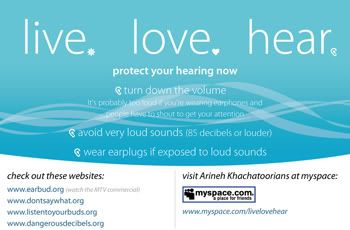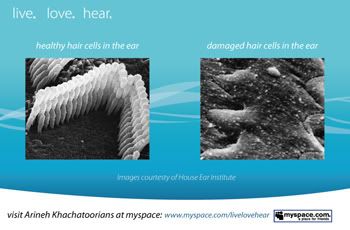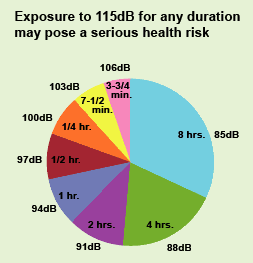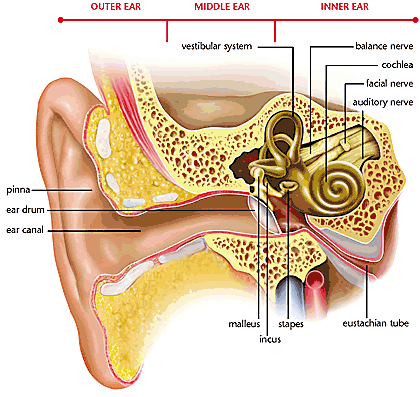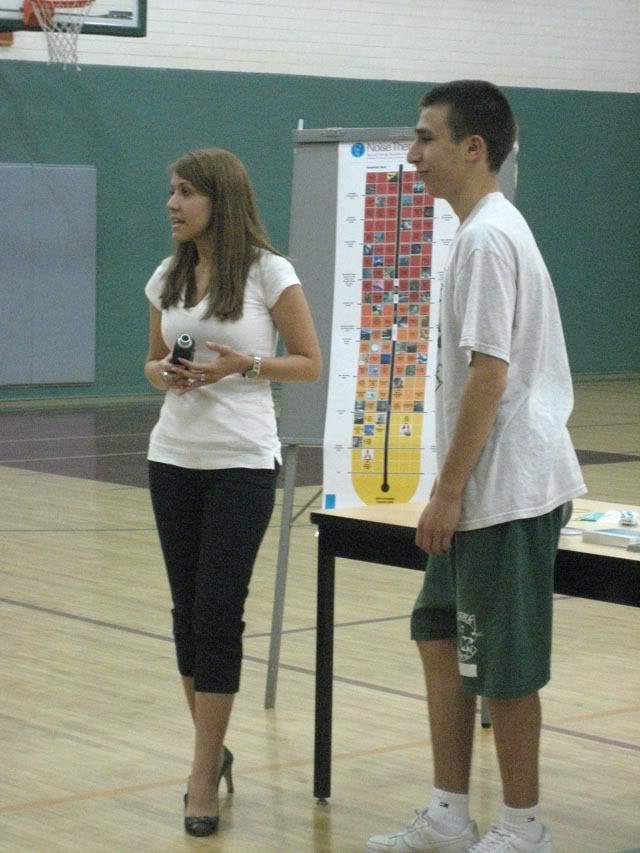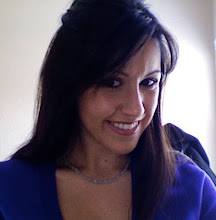 If you have trouble hearing in noisy environments when talking on your cellphone, Japan may have a solution for you. A popular Japanese cellphone provider, KDDI announced that they will release a bone conduction cellphone model A1407PT by Pantech in the next few weeks.
If you have trouble hearing in noisy environments when talking on your cellphone, Japan may have a solution for you. A popular Japanese cellphone provider, KDDI announced that they will release a bone conduction cellphone model A1407PT by Pantech in the next few weeks.Bone conduction is not a new technology and has been used as an alternative amplification device for hearing impaired individuals who cannot benefit from traditional hearing aids. The basic principle of bone conduction is that a device, in this case a cellphone speaker, is pressed to the head just behind the ear on the mastoid bone. Sound is heard via sounds waves transversing the skull rather than through the outer and middle ear.
This niche product is aimed at workers in Japan that are at building sites with background noise that masks out speech from the cellphone. This technology will only be available in Japan at this time.
Credit: Tech.co.uk






